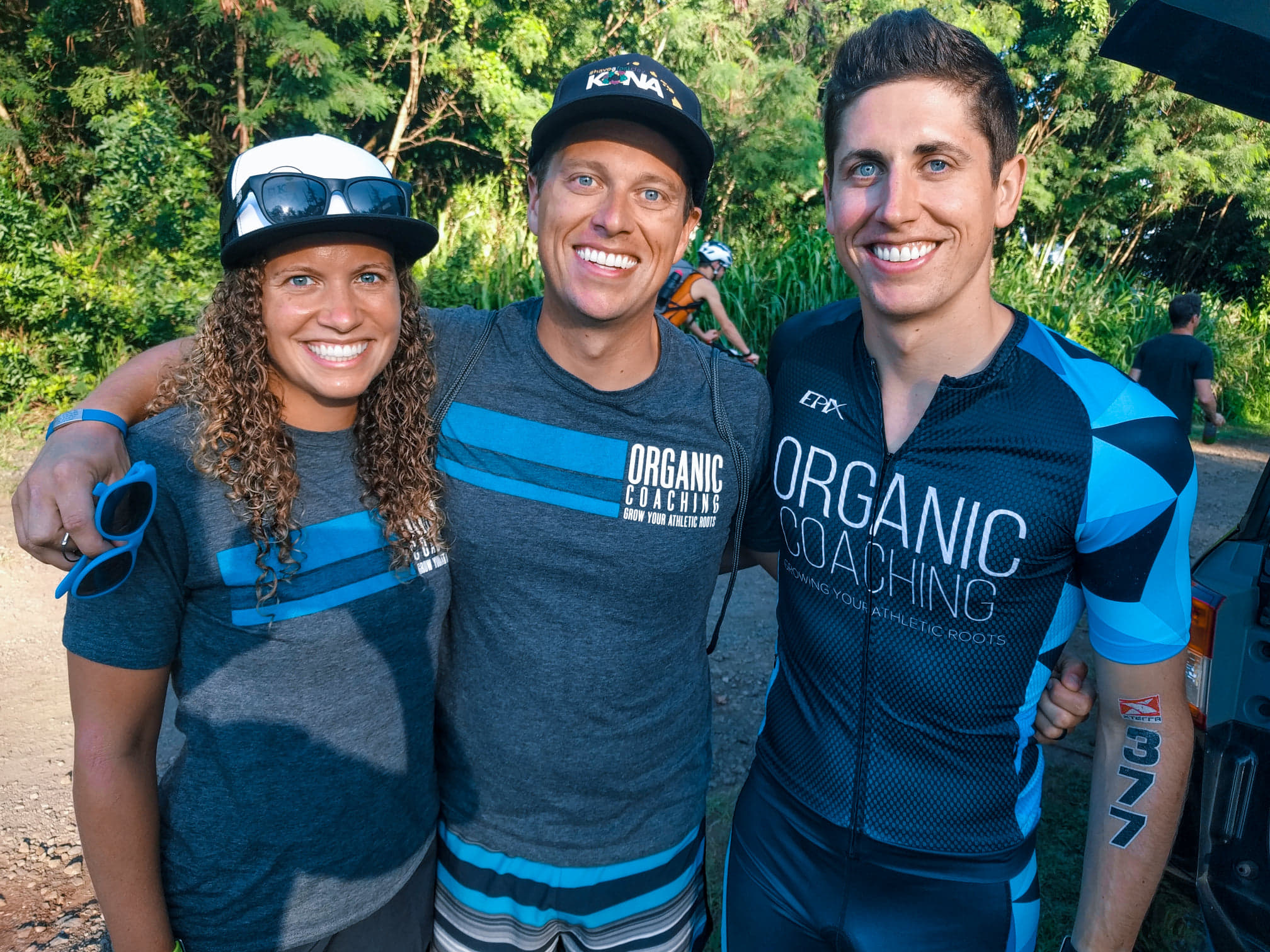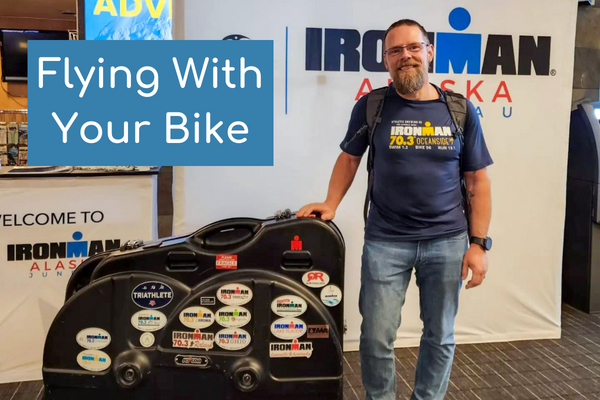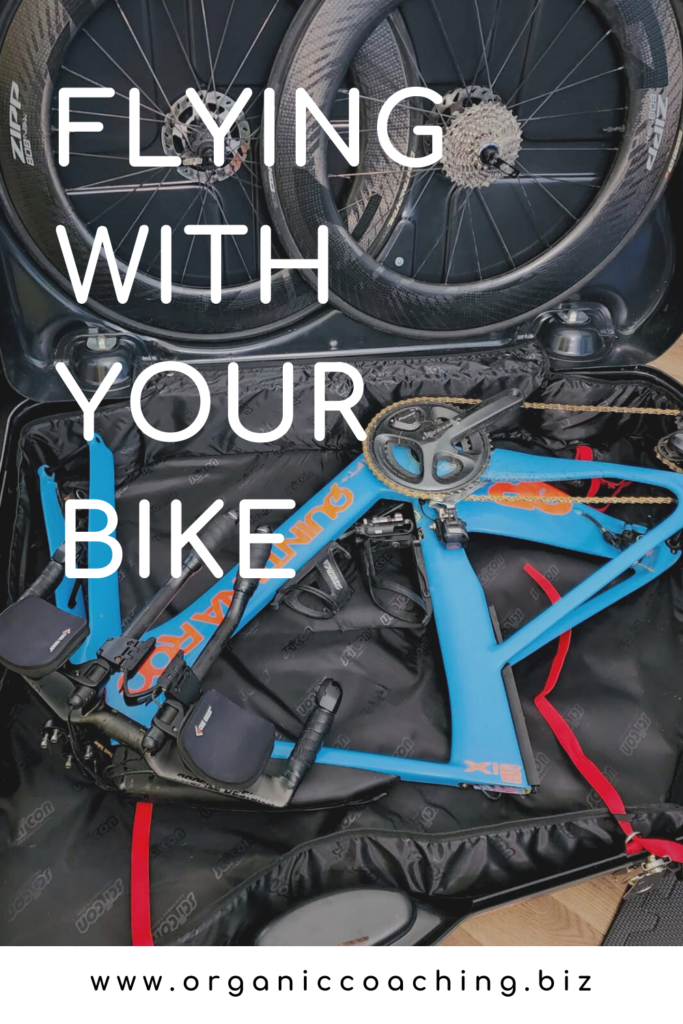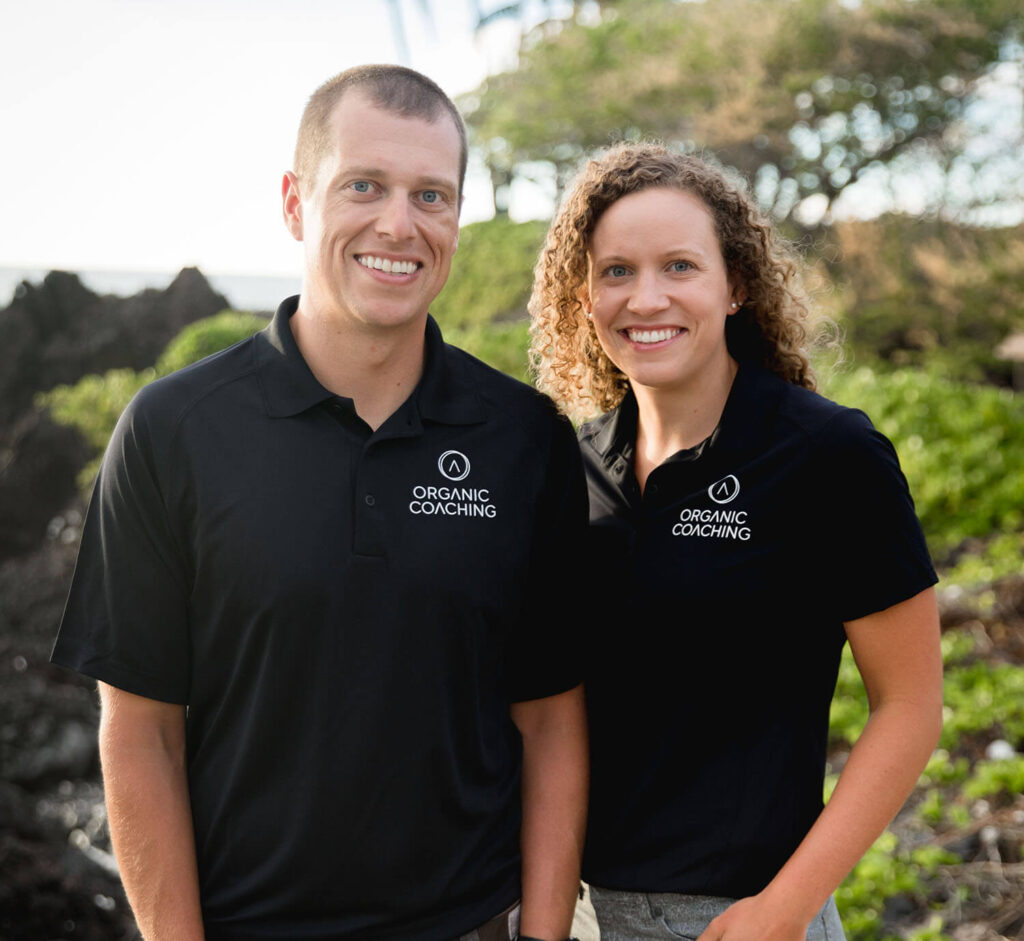

Many of us like to do destination triathlons or would like to start doing them. One of the main questions I hear about when it comes to doing a race that you fly to is “How do I get my bike there?”. It does require research and planning beforehand but can be done fairly easily.
There are several options when it comes to getting your bike from here to there. If you are flying with your bike as checked baggage using either a cardboard box, soft case, or a hard case. You also have the option of having it shipped there.
First is the cardboard box option. Many will use a cardboard box that a new bike has come in. This is an inexpensive way to pack your bike. The downside is the protection of the bike, not being easy to move around, and probably complete disassembly of the bike. Not only inexpensive but this could be the lightest option.
Many companies make soft-sided bike cases. These can be very nice because with many of them they require very little to no tear down of the bike except taking the wheels off. These are still a fairly light way to pack your bike to help keep airline fees down. Will be easier to move around since most of these have wheels. Unfortunately with a soft-sided case, there is still a risk of damage to the bike. I’m sure you’ve seen how they handle your luggage at the airport.
Hard cases provide the most protection for your bike and are pretty easy to move around because they will have wheels also. The downside of hard cases is they are heavier and typically cost far more than a soft-sided case. Almost all hard cases will require at least a little bit of disassembly. If you decide to go with a hard case make sure the bike will fit in the case. This can be more difficult for taller cyclists with bigger frames.
Lastly, you have the option to ship the bike. Some bike shops will ship your bike for you to another bike shop that is near your race. This can work out well for those that don’t feel comfortable taking the bike apart. It can be difficult finding shops that will do this for you. If doing an Ironman event some have the option to use Tribike Transport. Again this is a good option for those not comfortable taking bikes apart. There are a couple of cons to this option. Can be on the expensive side. There may not be a bike shop nearby that participates with Tribike Transport. Both these options will require you to drop the bike off many days before the race and may take several days after the race to get your bike back.
The cost to fly with your bike will vary depending on a few different things. Many airlines now offer flying with your bike for free as checked baggage. Others will have a flat fee. Airlines that offer free checked baggage make sure to read all the rules beforehand. They may charge you if the case is over a certain size or weight. Some will charge for each size and weight.
If you need to disassemble your bike at all the first thing you need to do is mark items so you can get the bike set back up the way it was. Mark saddle height on the seat post at the frame. If saddle needs to be loosened or removed from seat post mark angle and location of the saddle. Handlebars may also need to be removed to fit in the case. Mark them so you can get the correct angle set up again. Sharpies can be hard to see on the bike and may wipe off easily. Paint markers work great. Just make sure it dries before taking anything apart.
Whatever case you choose you need to practice packing it ahead of time before flying with your bike. You don’t want any last-minute surprises while packing your bike or at your destination. Know what tools will be needed including a torque wrench for your carbon fiber bikes. These tools you may want to put into another checked bag to help keep the weight of the bike and case down. Some other things you may need are disc brake pad spacers so the calipers can’t accidentally be closed completely. Also if you have thru axle wheels you may need some type of spacer if the wheels are mounted to the case with a quick release type skewer.
To help prevent damage there are many things you can do. Start by making sure everything that is in the case is secured down and can’t move around. For added protection, even with a hard case, it can be beneficial to wrap everything in bubble wrap. Some even use pool noodles cut to length and slit lengthwise then fit over the frame. The rear derailleur can be one of the weakest points on the bike while transporting. Many will remove it. Every precaution you take helps you arrive with an undamaged bike.
If the airline charges for an overweight bike, take a second checked suitcase and put the rest of your gear in that bag and not in your bike case. You can even put any removed bike parts in here if you’re trying to reduce the weight of the bike.
Don’t pack your shoes and pedals with the bike. Worst case scenario the airline doesn’t get the bike to its destination or it gets damaged you may be able to find a bike to rent or borrow. Now you will at least have your pedals and shoes to use.
Lastly, once you arrive at your destination and get your bike, check it immediately before you leave. If there is damage you want to point this out to the airline right away. Many airlines will have a window of time that you need to make claims.


Carly and Tyler Guggemos built Organic Coaching in 2014 with a simple philosophy that works. The idea is to take what you have and grow it to get faster, fitter and stronger. And to do it with the time you have – not the time you wish you had.

For athletes who are ready to take their training to the next level while still thriving and succeeding in their professional and family life.
Copyright © 2024 Organic Coaching LLC